Part Analysis
| General Data | |
| Manufacturer (OEM) | CWT |
| Platform | CTT |
| PCB Type | Double-Sided |
| Primary Side | |
| Transient Filter | 6x Y caps, 2x X caps, 2x CM chokes, 1x MOV |
| Inrush Protection | NTC Thermistor SCK-0510 (5 Ohm) & Relay |
| Bridge Rectifier(s) |
2x GBJ2506 (600V, 25A @ 100°C)
|
| APFC MOSFETs |
2x Infineon IPA60R099P6 (600V, 24A @ 100°C, Rds(on): 0.099Ohm) &
1x SYNC Power SPN5003 (to reduce no-load consumption) |
| APFC Boost Diode |
2x CREE C3D10060A (600V, 10A @ 153°C)
|
| Bulk Cap(s) |
2x Rubycon (420V, 680uF each or 1360uF, 2,000h @ 105°C, MXE)
|
| Main Switchers |
4x Alpha & Omega AOTF29S50 (500V, 18A @ 100°C, Rds(on): 0.15Ohm)
|
|
IC Drivers |
|
| Digital APFC Controller |
Texas Instruments UCD3138RMH
|
| Digital Resonant Controller | Texas Instruments UCD3138A |
| Topology |
Primary side: Semi-Digital, Interleaved PFC, Full-Bridge & LLC converter
Secondary side: Synchronous Rectification & DC-DC converters |
| Secondary Side | |
| +12V MOSFETs | 8x Infineon BSC014N06NS (60V, 152A @ 100°C, Rds(on): 1.45mOhm) |
| 5V & 3.3V | DC-DC Converters: 3x UBIQ QN3107M6N (30V, 70A @ 100°C, Rds(on): 2.6mOhm) & 2x UBIQ QM3054M6 (30V, 61A @ 100°C, Rds(on): 4.8mOhm) PWM Controller(s): uPIsemi uP3861P |
| Filtering Capacitors | Electrolytic: 6x Nippon Chemi-Con (105°C, W), 2x Nippon Chemi-Con (4-10,000h @ 105°C, KY), 1x Rubycon (4-10,000h @ 105°C, YXJ), 3x Rubycon (4-10,000h @ 105°C, YXF), 1x Nichicon (4-10,000h @ 105°C, HE) Polymer: 6x Nippon Chemi-Con, 25x FPCAP, 6x NIC |
| Supervisor IC | Weltrend WT7502R (OVP, UVP, SCP, PG) |
| Fan Model | Hong Hua HA1225H12SF-Z (120mm, 12V, 0.58A, Fluid Dynamic Bearing Fan) |
| 5VSB Circuit | |
| Rectifier(s) | |
| Standby PWM Controller | On Bright OB2365T |
This is the high-end semi-digital CTT platform by CWT. It is used in the MSI MEG Ai1300P PCIE5 and XPG Cybercore II 1300 Platinum units. This platform has potential and, through careful tuning, can achieve sky-high performance. The build quality is high, with high-quality caps, quality FETs, and a Hong Hua fan featuring a fluid dynamic bearing. Two MCUs by Texas Instrument handle the PSU’s vital functions, leaving only the minor rails and 5VSB handled by analog controllers. If the rails mentioned above were digitally controlled, too, we would talk about a fully digital PSU and not a semi-digital one.
On the primary side, an interleaved PFC is used for higher efficiency, and a full bridge topology comes next, along with an LLC resonant converter. On the secondary side, eight FETs regulate the 12V rail, which feeds a couple of DC-DC converters to generate the minor rails. Chemi-Con, Nichicon, and Rubycon, a great combination, provide the electrolytic filtering caps on the secondary side. Chemi-Con, FPCAP, and NIC make the polymer caps, which are way more tolerant to heat than electrolytic ones but have restricted capacity, which is crucial, especially in ATX v3.x PSUs that have to deliver 200% of their max power for short periods.
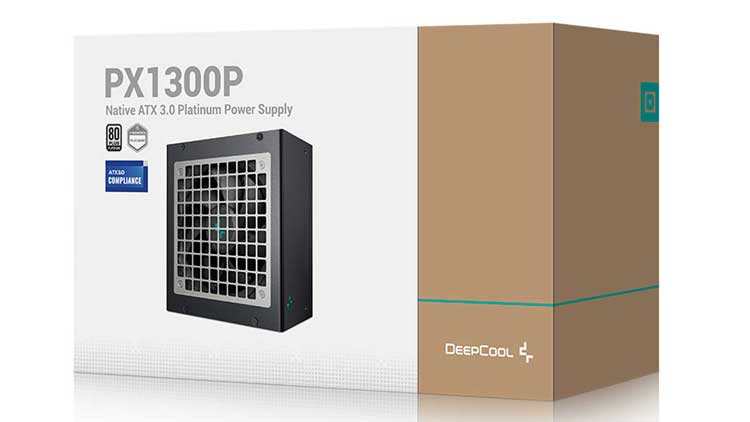


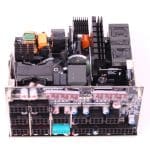
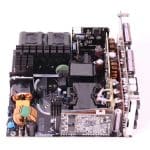
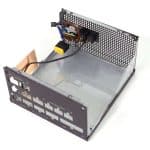
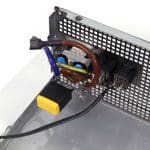
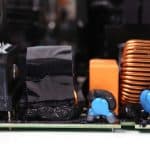


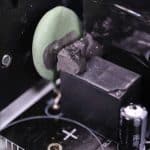
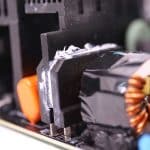

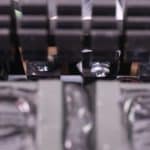
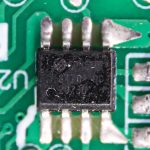
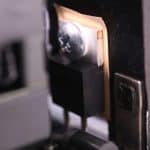
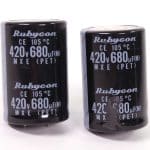
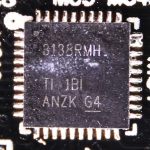
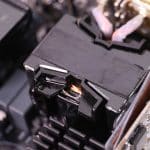

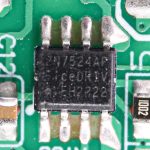
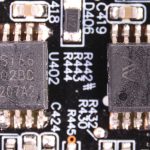
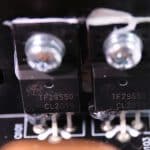
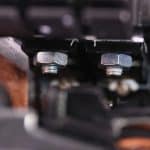
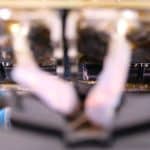
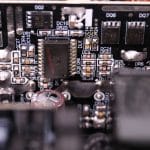
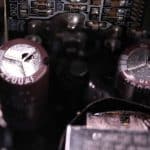

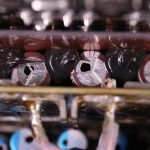
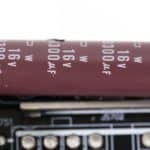

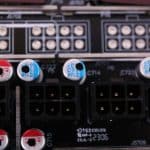


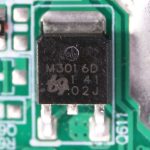

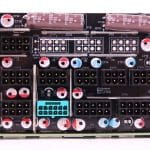
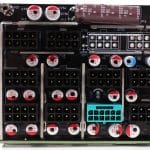
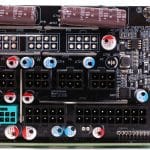
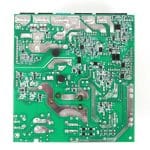
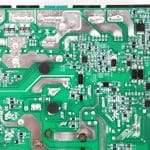
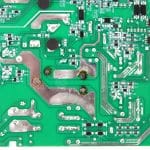
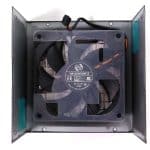
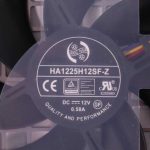
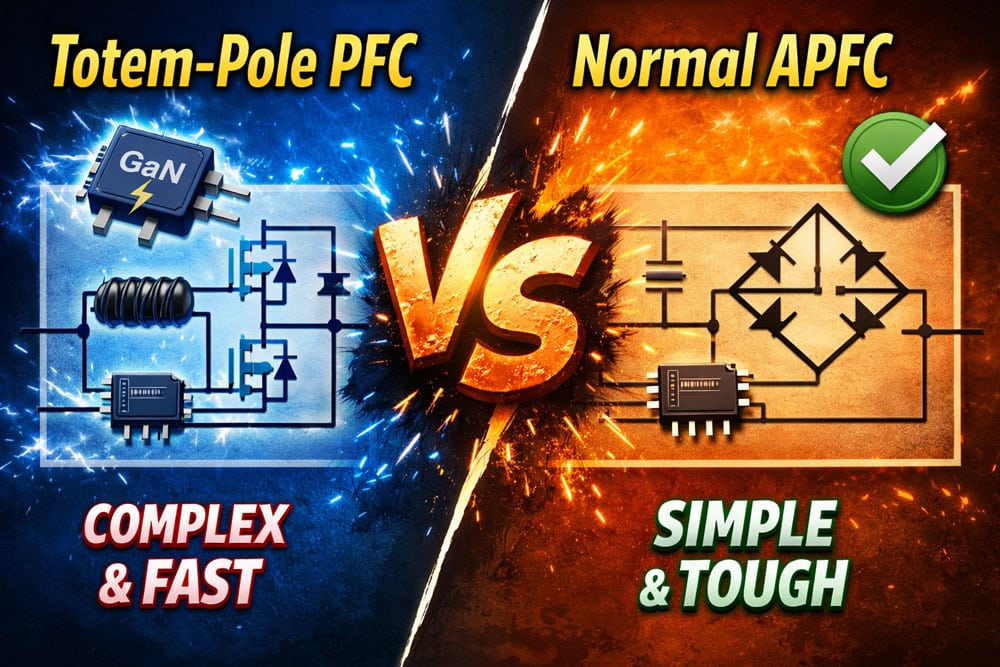

Sick, so I basically have to guess lol. Thanks for the responses regardless!
Wanna thank you guys for the review, I was doing an absolute ton of research a couple of weeks ago between 1000+ watt ATX 3.0 units, and between this and the PlatiGemini I ended up with this unit cause it had more PCIE, a longer warranty and was actually on sale for 270 US at time of purchase.
One thing I wanted to ask, is there a way to check if my native 12VHPWR cables are 12V-2×6? Anything to look for in the sense pins or the connector itself? I’d appreciate it cause all this crap around 12VHPWR is very confusing lol
The cables remain the same, only the PCB header changes.
The cable remains the same, there are no changes there as far as I know.
Is msi’s psu that bad really?
Nope.